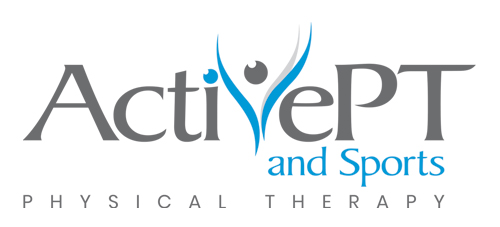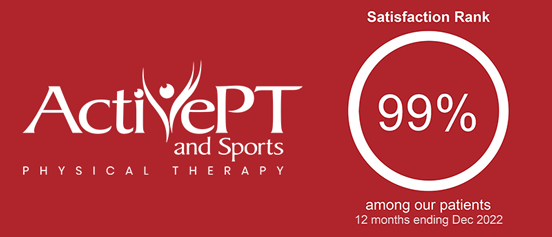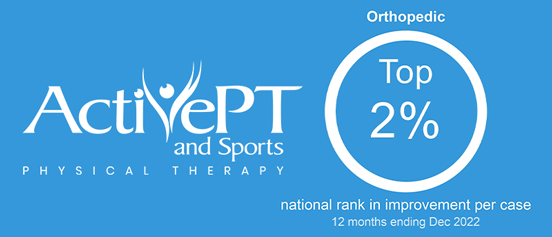WHAT IS DIASTASIS RECTI?
Diastasis Recti Abdominis (DRA), often referred to as abdominal separation, is the thinning and widening of the tissue between the abdominal muscles. This thinning can create the appearance of an abdominal separation between the muscles of the abdominal wall. The gap is often most apparent when trying to sit up. You may notice your stomach appears to have a raised area down the midline.
DIASTASIS RECTI IN PREGNANT AND POSTPARTUM WOMEN
While DRA can affect anyone, it most commonly affects pregnant women after 37 weeks of pregnancy and follows them into their postpartum period. However, DRA can also affect pregnant women during any period when rapid growth of the baby occurs. If you are carrying multiples, you may be at higher risk of developing diastasis recti. Some women do not notice the thinning until their early postpartum period. Here’s the great news! Your body continues to change over time, and so can your belly. The American Physical Therapy Association covers DRA in pregnancy, postpartum, and other populations in this blog.
ABDOMINAL ANATOMY OVERVIEW
First, let’s learn about four key areas of the abdominal muscle anatomy in order to better understand diastasis recti.
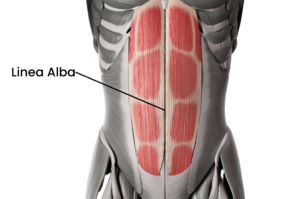 Linea Alba: The band of connective tissue that runs vertically between the abdominal muscles.
Linea Alba: The band of connective tissue that runs vertically between the abdominal muscles.- Rectus Abdominis: These two muscles are connected by fascia in the middle. They are responsible for bending your spine forward (flexion) and narrowing the linea alba.
- External & Internal Obliques: These muscles help rotate your trunk and firm/widen the linea alba.
- Transversus Abdominis: The transversus abdominis (TA) behaves like a corset. It is responsible for stabilizing your core and firming the linea alba.
Knowing and understanding the difference between the function of the rectus and abdominus and the obliques will help you as you begin self-treatment and core exercises.
HOW DO I IDENTIFY DIASTASIS RECTI (ABDOMINAL SEPARATION)
Next, let’s learn how to identify DRA. The most common symptom of diastasis recti is an abdominal bulge when you activate your abdominal muscles, but the bulge can also be present at rest. Other symptoms can include a feeling of core weakness when sitting up, changing positions, or lifting, and lower back or lower abdominal pain.
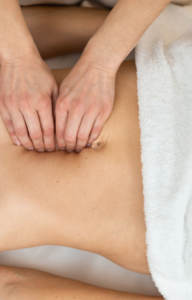 To check yourself for diastasis recti, follow these steps:
To check yourself for diastasis recti, follow these steps:
- Lie on your back
- Press your fingers halfway between your rib cage and belly button
- Lift your head and feel for a gap
- Assess the gap’s width, depth, and firmness
Repeat this process above and below the belly button. Feeling a gap larger than two fingers wide could indicate DRA.
TREATMENT FOR DIASTASIS RECTI OR ABDOMINAL SEPARATION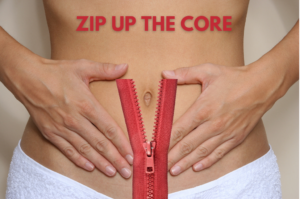
While the aesthetic appearance of your belly may concern you, the most important part of treating DRA is improving your function. As pelvic health physical therapists, our focus is treating the problems DRA creates in your daily life. Weakness and difficulty changing positions are two of the most common complaints we hear from our patients. In pelvic health physical therapy for DRA, we focus on four critical areas to help improve your weakness, pain, and function over time.
Balanced Stress and Pressure
Apply enough stress to stimulate healing but avoid overloading the abdominal wall.
Core Coordination
Practice isometric holds, rotations, and flexions that engage all core muscles.
Breathwork
Learn to breathe in various positions, ensuring proper pressure management.
Progressive Loading
Gradually increase your abdominal wall’s ability to withstand stress and pressure over time.
Unfortunately, there is not one “magic” exercise for diastasis. It is important to note that each person’s situation is unique and the exercise program we recommend has to be individualized to your specific needs for the best results.
DRA SELF-TREATMENT STRATEGIES YOU CAN START TODAY
Now, try these three practical tips to start improving your DRA symptoms today:
-
- First, start with breathwork: Your goal is to manage abdominal pressure by focusing on proper inhalation and exhalation. Try to exhale when you lift something or exert yourself.
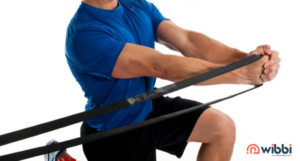 Next, incorporate rotation: Rather than only lifting or moving straight upward, use your oblique muscles by incorporating some trunk rotation. Use a light resistance band and practice rotating away from the resistance as you keep your hips level. Remember to exhale with effort.
Next, incorporate rotation: Rather than only lifting or moving straight upward, use your oblique muscles by incorporating some trunk rotation. Use a light resistance band and practice rotating away from the resistance as you keep your hips level. Remember to exhale with effort.- Then, find your capacity and gradually increase it: Establish good techniques for changing positions and lifting. Once you have mastered good techniques that combine your abdominal pressure, you can gradually increase your challenges.
WHEN SHOULD I SEEK HELP FOR DIASTASIS RECTI?
In conclusion, there are many self-treatment techniques you can use to begin improving your strength and pain related to DRA. However, if you are experiencing back pain, lower abdominal pain, weakness when sitting up in bed or lifting your baby, or if you believe your abdominal separation is greater than two finger widths, we recommend contacting a pelvic health physical therapist. We offer free 15-minute screening appointments to quickly and easily get you face-to-face with a pelvic health physical therapist. There is no cost, no referral is necessary, and you will have your problem assessed by a doctor of physical therapy and get your questions answered right away.
WHEN IS IT SAFE TO START PELVIC HEALTH PHYSICAL THERAPY?
Pregnant women can start pelvic health physical therapy at any time. Postpartum women often wait four to six weeks after delivery, but you can start whenever you feel ready to be more active. Not all women with DRA need pelvic health PT, but a free visit with a pelvic health physical therapist can help you learn whether self-treatment or physical therapy is right for you.
Check out another postpartum blog: The Myths and Truths of Postpartum Recovery
